In the golden era of muscle cars, numerous powerful V8 engines reigned supreme. The likes of the Chrysler 426 Hemi, Chevrolet LS6 454, Pontiac 455 HO, Buick Stage-One 455, and Ford 427 V8 are well-known icons of their time. However, amidst the spotlight, some exceptional V8 motors have been unjustly forgotten. In this article, we delve into the top five unsung heroes of muscle car V8 engines, which deserve recognition for their remarkable performance and contribution to automotive history.
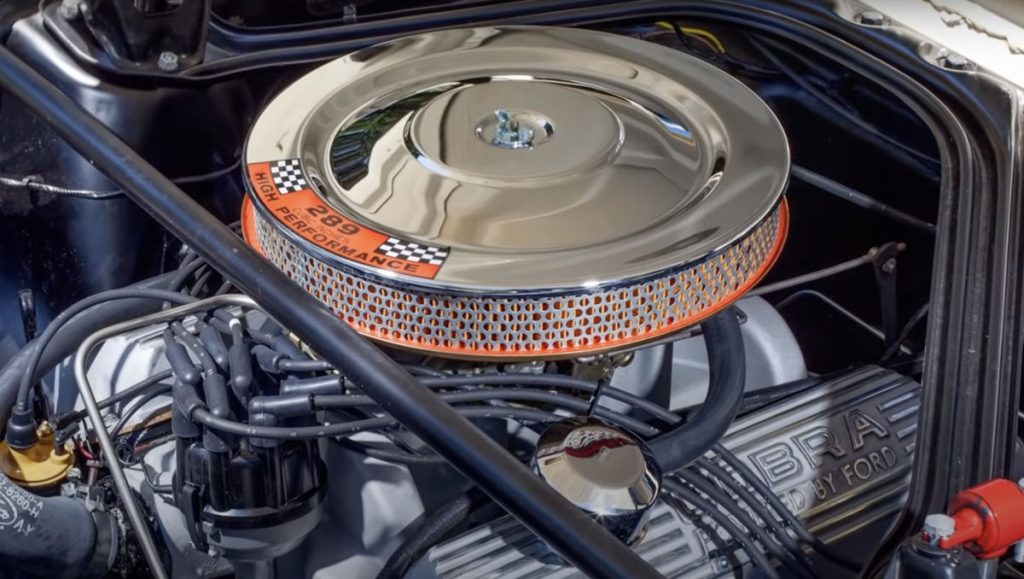
Ford K-Code Hi-Po 289 V8: A Hidden Powerhouse
The Ford K-Code Hi-Po 289 cubic inch V8 often gets lost in the shadows of its larger-displacement siblings. While classic Ford cars powered by big-block V8s like the 429, 428, 427, and 390 steal the limelight, the K-Code remains overlooked.

However, this small-block gem was one of the best performance V8 engines Ford produced during the 1960s. With a mighty 271 gross horsepower, solid lifters, a high-performance cam, and a 10.5:1 compression ratio, the K-Code was the high-performance engine option for Mustangs from 1964 ½ to 1967.
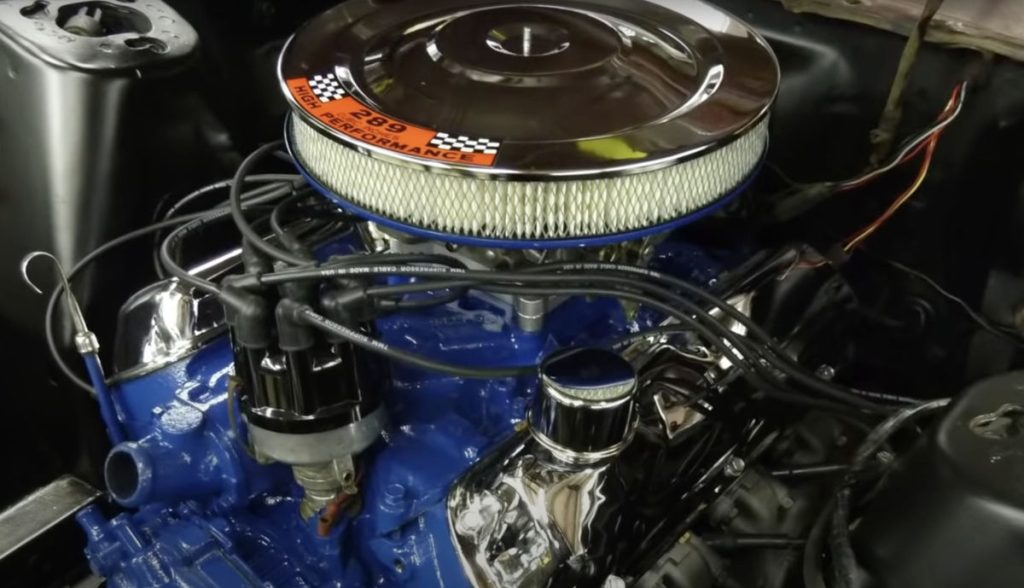
It even powered the legendary Shelby GT350 and Shelby Cobra 289 models, where it delivered up to 306 gross horsepower. Today, K-Code equipped Fords have become highly sought after by car collectors, finally receiving the recognition they deserve.
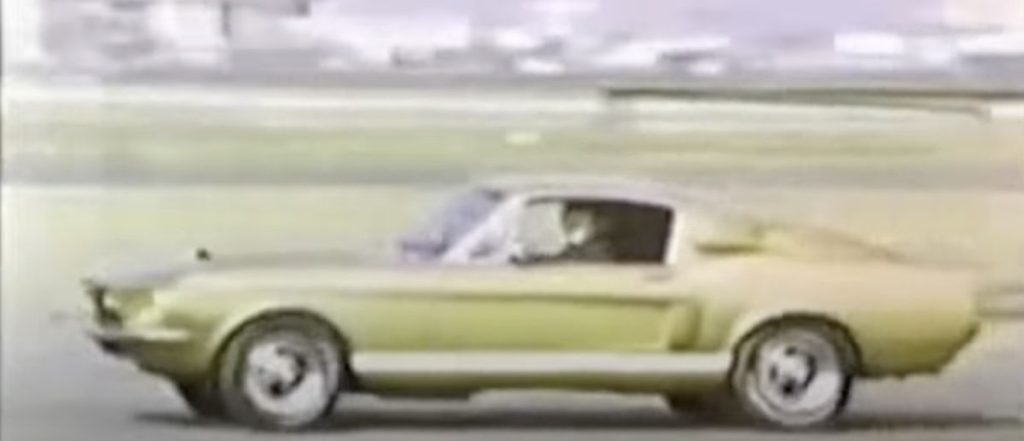
Chrysler 340 V8: The Sleeper Sensation
The Chrysler 340 V8 is a motor that has often been overlooked and received little promotional attention from Chrysler itself. Introduced in 1968, the 340 V8 was the perfect sleeper engine, initially boasting a 275 gross horsepower rating.
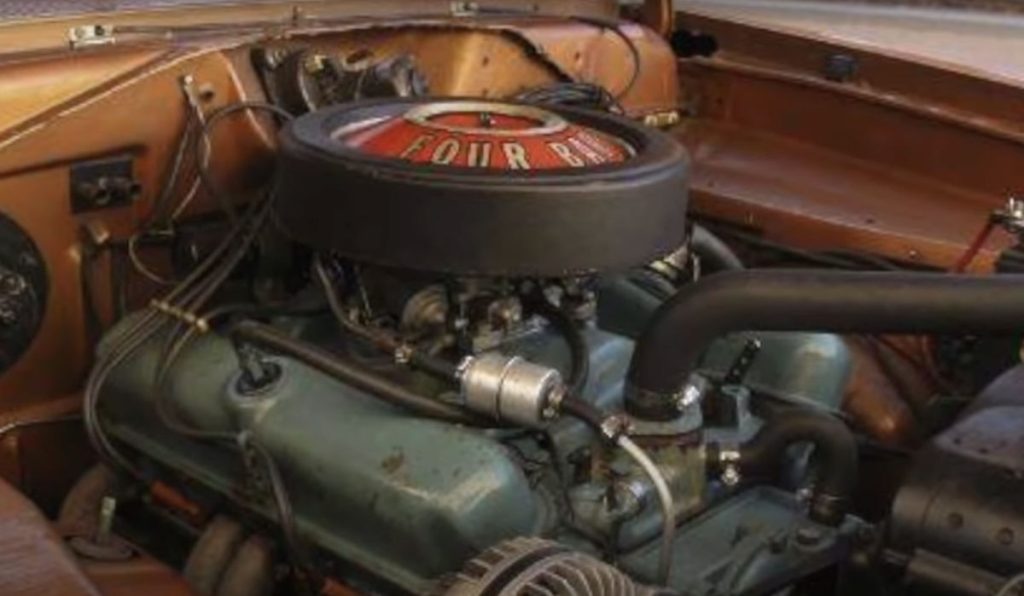
It provided an opportunity for muscle car enthusiasts who couldn’t afford the high-priced big-block V8s to still experience impressive performance. The lightweight nature of the 340, part of the reliable Chrysler LA series V8 engine family, gave it an advantage in terms of handling.
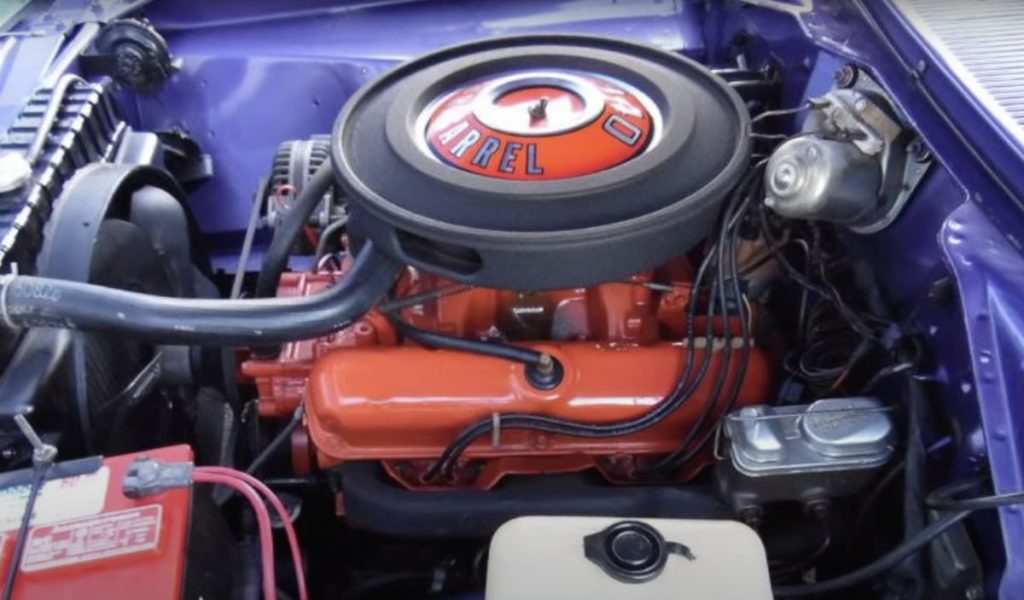
Many 340-equipped Mopar muscle cars outperformed their larger-displacement counterparts, thanks to their power-to-weight ratio. With its free-flow heads, Carter AFB four-barrel carburetor, and a compression ratio of 10.5:1, the 340 V8 proved its worth on the streets. Although overshadowed by the renowned 426 Hemi and 383 big-blocks, the 340 V8 offered fantastic performance at an affordable price, making it a hidden gem for muscle car enthusiasts.
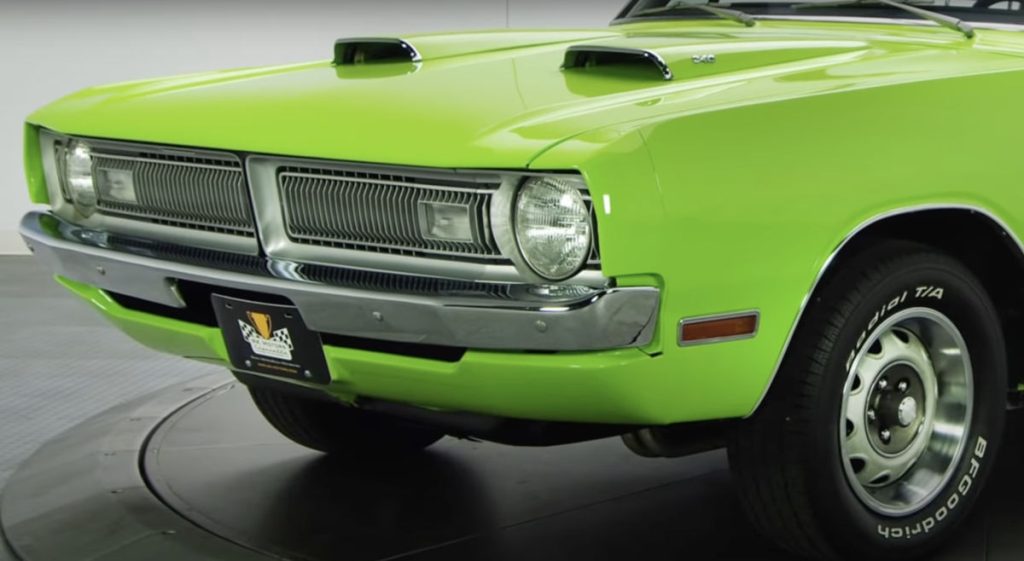
Pontiac 350 HO V8: Unearthing the Forgotten Power
When discussing Pontiac V8 engines, the 350 cubic-inch V8 often gets overlooked or met with confusion. Pontiac’s legendary performance engines like the 389, 400, 421, 428, and 455 cubic-inch V8s dominate conversations, leaving the 350 in the shadows.
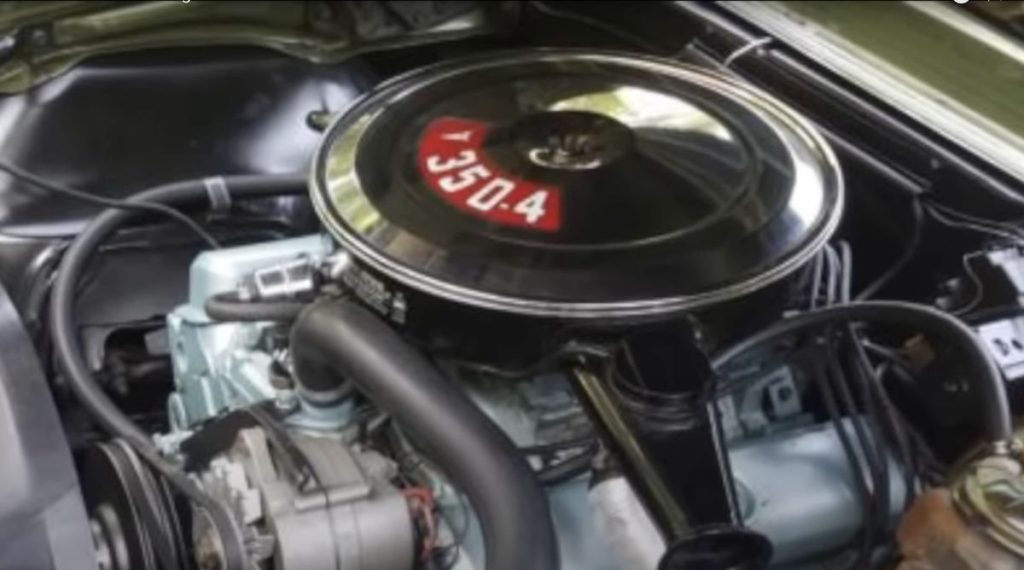
Introduced in 1968, the Pontiac 350 had a high-output (HO) version that truly showcased its performance potential. Available only in select Pontiac models, including the Firebird, the 350 HO produced a robust 320 gross horsepower in 1968. The following year, thanks to new high-performance heads and a camshaft borrowed from the Ram Air III 400, the gross horsepower increased to 325.
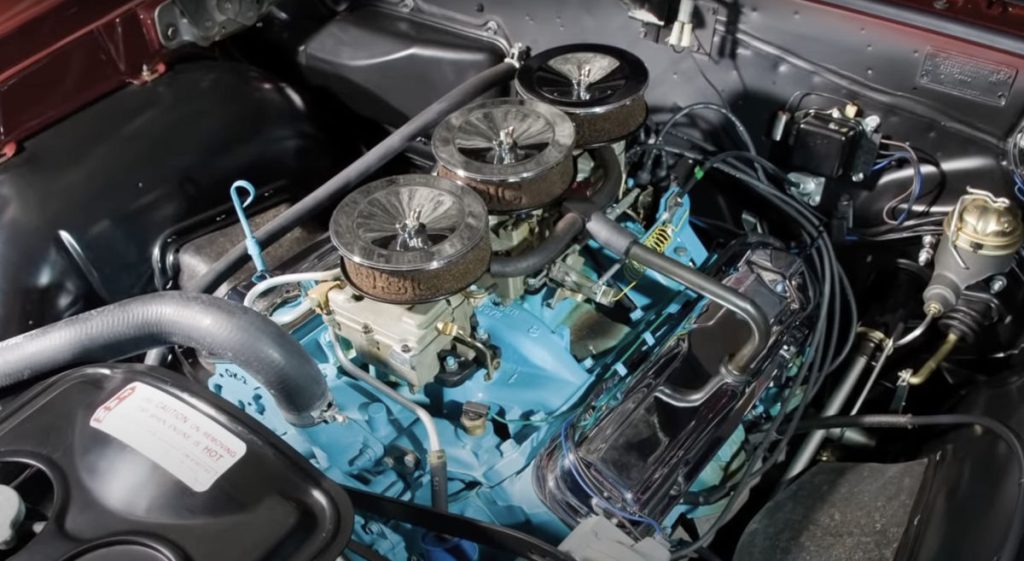
The 1969 350 HO boasted a compression ratio of 10.5:1 and achieved mid-14-second quarter-mile times in the Firebird, Tempest, and LeMans. With a few modifications, the quarter-mile times could easily drop into the 13s. The Pontiac 350 HO V8 is a true diamond in the rough, offering remarkable performance that has been overshadowed by its larger-displacement siblings.

Oldsmobile Ramrod W31 350 V8: Small-Block Powerhouse
In an era when Oldsmobile’s larger big-block V8 engines took the spotlight, the small-block offerings were often overlooked. However, Oldsmobile released the high-performance small-block 350 cubic-inch V8 known as the Ramrod W31 for the 1968 model year.

Exclusively available in Oldsmobile Cutlass and F-85 models from 1968 to 1970, the W31 garnered attention with its impressive performance. While most W31 Cutlass models maintained an understated appearance, the 1970 version embraced the aggressive styling cues and racing stripes of the 442.

The W31 featured ram air induction, a high-performance cam, and a Rochester Quadrajet four-barrel carburetor. With a compression ratio of 10.5:1, the W31 produced 325 gross horsepower, propelling these lightweight muscle cars to impressive quarter-mile times. The W31-powered Oldsmobiles delivered genuine muscle car performance and remain highly sought after by collectors today.

Chevrolet L79 327 V8: Power to the People
While the Chevrolet L79 327 cubic-inch V8 has gained some recognition in recent years, it still remains an unsung hero of the muscle car era. Produced from 1965 to 1968, the L79 was not the most powerful small-block Chevrolet V8, nor the most potent 327 V8 ever built. However, it holds a special place in the hearts of muscle car fans and collectors.
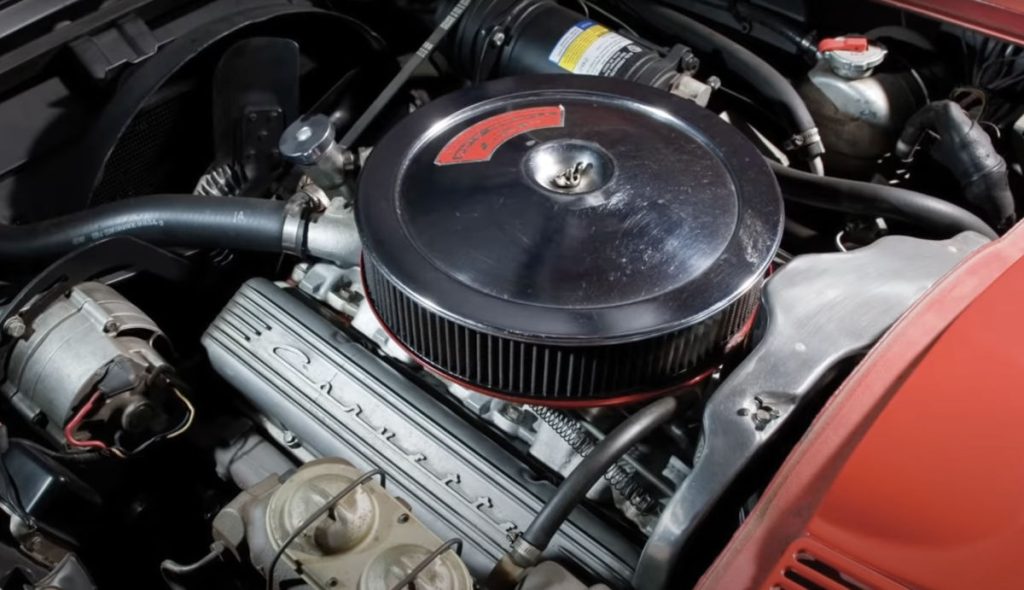
The L79 powered various Chevrolet models, including the Corvette, and provided an accessible high-performance option for performance enthusiasts. With a factory rating of 350 gross horsepower, the L79 offered impressive power at an affordable price. It featured an 11.0:1 compression ratio, a high-performance hydraulic camshaft, and a 600 CFM Holley four-barrel carburetor.
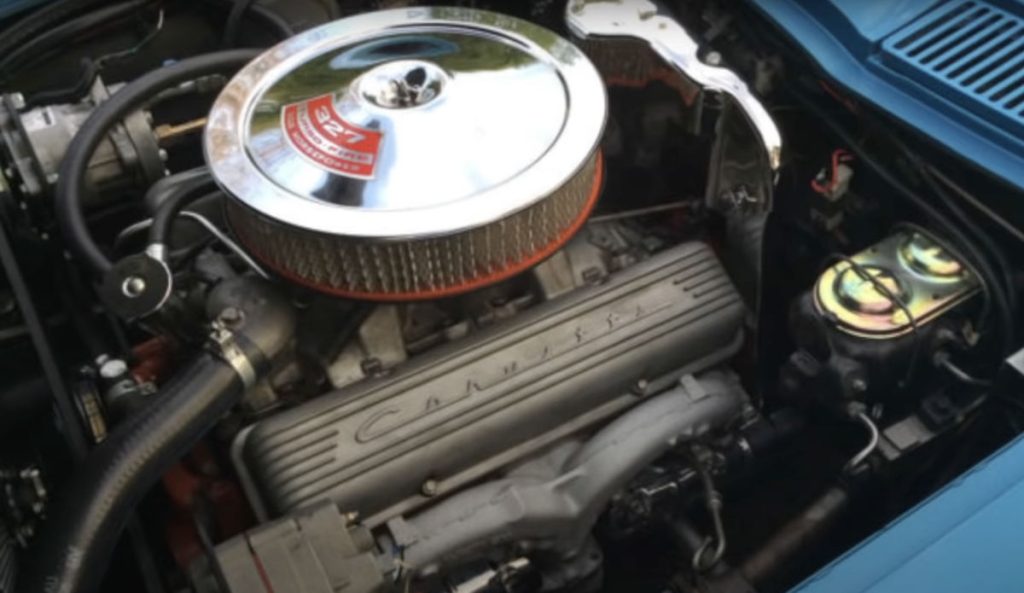
Although the L79-equipped cars could break into the 14-second quarter-mile range, what makes the L79 truly remarkable is its modifiability. With easy and inexpensive modifications, the L79 can achieve quarter-mile times in the 13 or even 12-second range, making it a favorite among those seeking affordable yet exhilarating performance.
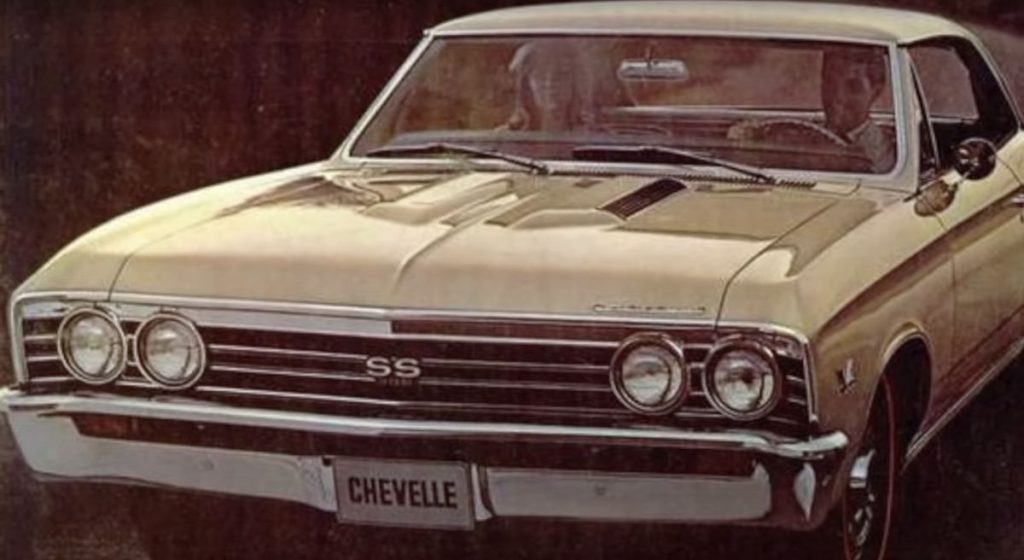
Conclusion
The muscle car era gave birth to numerous iconic V8 engines that are celebrated to this day. However, amidst the well-known legends, several remarkable powerhouses have been unjustly forgotten. The Ford K-Code Hi-Po 289, Chrysler 340, Pontiac 350 HO, Oldsmobile Ramrod W31 350, and Chevrolet L79 327 are prime examples of hidden gems that deserve recognition for their exceptional performance and contribution to automotive history. These unsung heroes played a vital role in the development of muscle car culture and continue to captivate enthusiasts who appreciate their power and potential.
FAQs
Q1. What makes the Ford K-Code Hi-Po 289 V8 stand out among other engines? The Ford K-Code Hi-Po 289 V8 stands out due to its impressive performance, solid lifters, high-performance cam, and 271 gross horsepower output. It was the high-performance engine option for Mustangs from 1964 ½ to 1967 and powered iconic models like the Shelby GT350 and Shelby Cobra 289.
Q2. Why is the Chrysler 340 V8 often overlooked despite its performance capabilities? The Chrysler 340 V8 is often overlooked due to little promotional attention from Chrysler itself. It provided a lightweight, powerful option for muscle car enthusiasts who couldn’t afford the larger big-block engines. The 340 V8’s power-to-weight ratio and affordable price made it a hidden gem of the era.
Q3. What sets the Pontiac 350 HO V8 apart from other Pontiac engines? The Pontiac 350 HO V8 is often overshadowed by larger-displacement Pontiac engines like the 389, 400, 421, 428, and 455. However, the 350 HO offered impressive performance with a high-output version producing 320 gross horsepower in 1968. It was capable of mid-14-second quarter-mile times and remains a forgotten powerhouse of Pontiac’s V8 lineup.
Q4. What makes the Oldsmobile Ramrod W31 350 V8 special among small-block engines? The Oldsmobile Ramrod W31 350 V8 was a high-performance small-block engine released for the 1968 to 1970 model years. It featured ram air induction, a high-performance cam, and a Rochester Quadrajet four-barrel carburetor. The W31’s 325 gross horsepower output, combined with its lightweight application in Oldsmobile Cutlass and F-85 models, made it a potent yet underappreciated engine of its time.
Q5. How does the Chevrolet L79 327 V8 distinguish itself from other small-block engines? The Chevrolet L79 327 V8 gained popularity for its accessible high-performance option during the muscle car era. Despite not being the most powerful or fastest 327 V8, the L79’s factory rating of 350 gross horsepower, combined with its affordability, attracted performance enthusiasts. With easy modifications, the L79 could achieve impressive quarter-mile times, solidifying its status as a power-packed yet underrated engine.